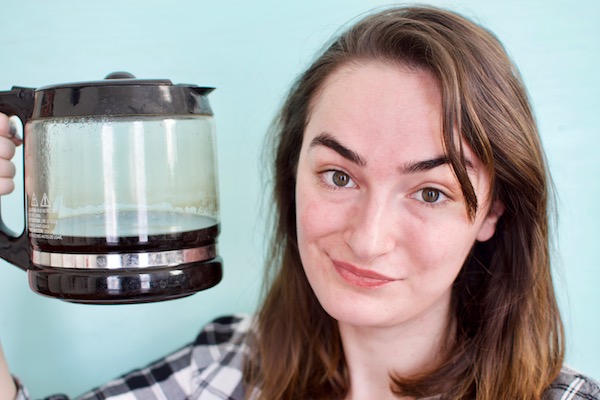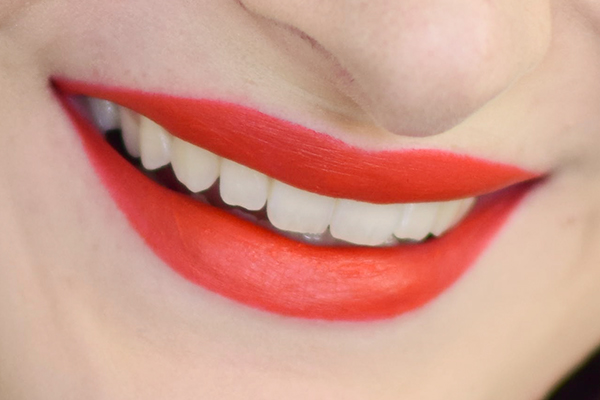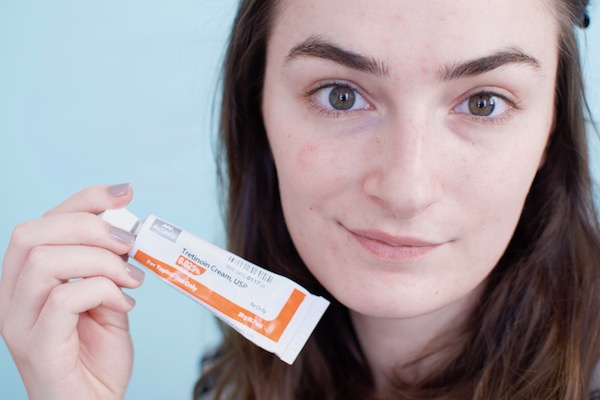Ever heard of BOTOX resistance? That’s right– your face could become immune to your fave facial toxin.
If you’ve never heard the term ‘BOTOX resistance,’ consider yourself lucky enough to have a perfectly receptive face. With the number of people using toxins like BOTOX to enhance and perfect their facial appearance growing by leaps and bounds each year, instances of BOTOX resistance are on the rise as well.
“Botox resistance happens when a person builds up antibodies to the complex proteins around the active molecule in BOTOX,” says Dr. Z. Paul Lorenc, Aesthetic Plastic Surgeon in NYC. “I have seen this 2 times in my practice in this past year. It is not common, but it does happen.”
Basically, it means your muscles just stop caring about being injected with BOTOX. You get your injection, wait your 3-7 days for it to kick in, and then nothing happens or changes. You still have the same wrinkles you did a week ago, and that can be pretty disappointing to patients looking for the appearance of youth and smoothed lines.
Dr. Lorenc believes that patients receiving heavy or more frequent doses are those most likely to find themselves BOTOX resistant, but there is very little existing data or aesthetic literature on the topic in current circulation, there is, however data from the therapeutic world to suggest that BOTOX resistance is on the rise– primarily because the dosages administered for therapeutic use are typically higher.
There are alternatives to BOTOX, though, like Dysport and Xeomin (pronounced zee-oh-min). They work similarly, using the same protein to keep wrinkle-causing muscles from moving, but with different protein covering. Xeomin, according to doctors and experts, is actually the only one of the readily-available injectables that is allergy-resistant, as well.
“When a patient comes in who has a resistence to Botox Cosmetic, I switch them to Xeomin.I consider myself a scientist, and I like that Xeomin does not have complexing proteins around it, because if you do not have complexing proteins around it you do not develop antibodies for those proteins.”
Xeomin, for frequent users, may just be the next wave of better options as patients become more educated.
“I use all three neurotoxins in my practice, but I like Xeomin and my patients are satisifed with the consistent results of Xeomin injections. Studies show, including the first large, multicenter, parallel–group study to investigate the equivalence of Xeomin to Botox in the treatment of glabellar frown lines, that Xeomin demonstrates similar efficacy to Botox in the treatment of glabellar lines as assessed by independent physician raters, and that there was no reported difference in patient reported satisfaction.”
The majority of patients looking to combat deep wrinkles ask for BOTOX because it’s the biggest brand name– but science and better sense suggest asking your doctor what he or she thinks the best option actually is for your face.
I am a Smart Beauty Guide contributor and this post was written in collaboration with one of their participating physicians.









